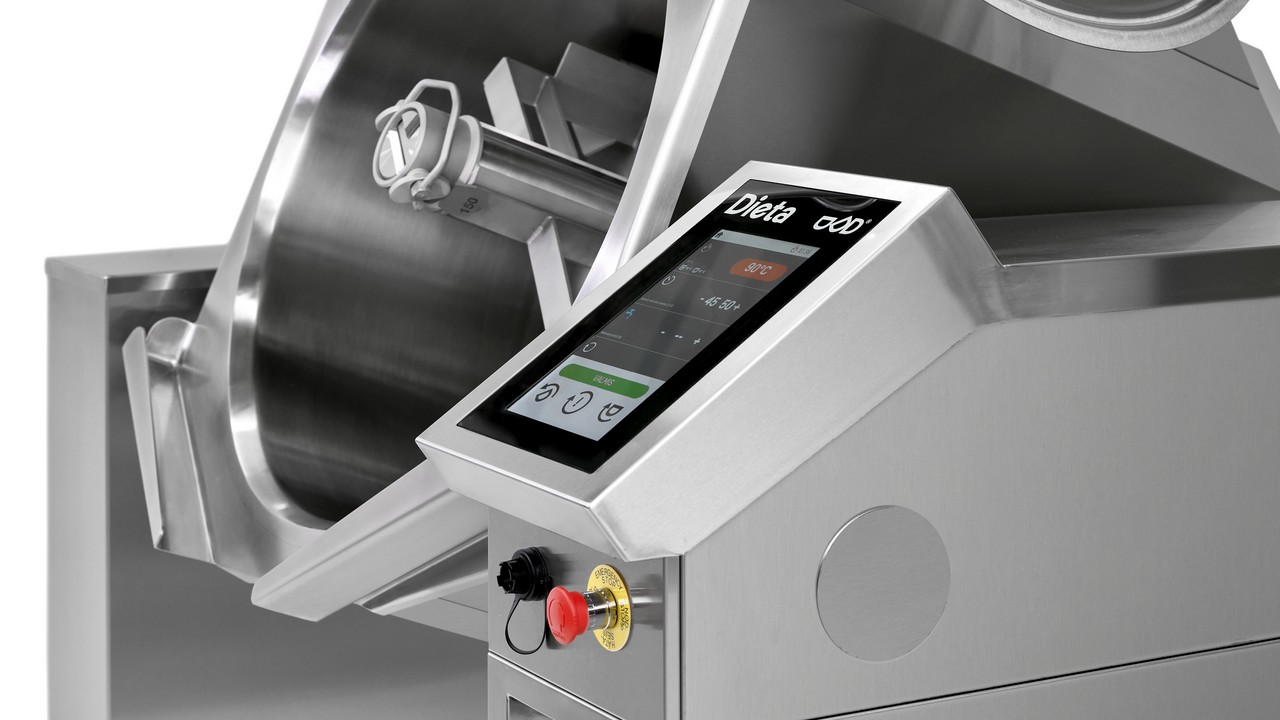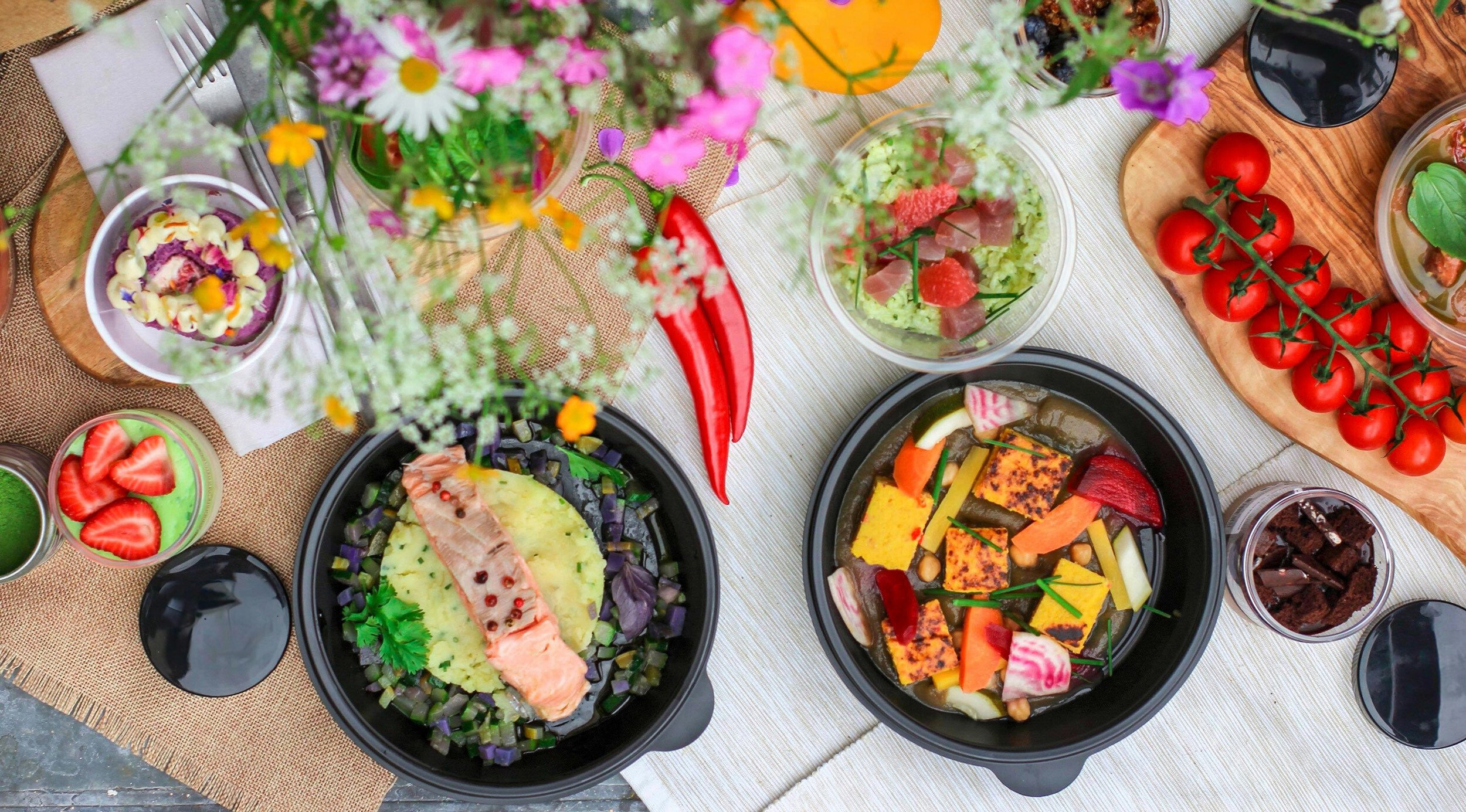In professional kitchen production units, where large quantities of food are prepared, Chefs strive to achieve a balance between taste, cost, and health while serving a multitude of people. The method chosen for food production greatly influences these factors.
In this blog post series, we will take a brief look at the primary distinctions between boiling and frying food, beginning with their impact on food health.
Fried Foods: A Tempting Delight with Health Warnings
Highlights:
- Yummy Satisfaction: Fried foods are loved for their crispy texture and frying intensifies the ingredients' natural flavors, making them liked by many.
- Fast cooking: The shorter cooking time of frying can cause less damage to heat-labile vitamins than other types of cooking. (1)
Considerations:
- Caloric Caution: Frying in oil adds lots of calories (1), which can lead to weight gain if eaten too often.
- Trans Fat Risks: Certain oils at high temperatures create trans fats, which are not good for the heart and may raise cholesterol levels.
- Nutrient Considerations: Some good things in food, like specific vitamins, may be lost during frying.
Boiled Foods: Embracing Nutrient-Rich Simplicity
Health Highlights:
- Keeping the Good Stuff: Boiling foods helps keep their nutritional value intact, especially water-soluble vitamins.
- Nutritional values: boiling or steaming doesn't require the addition of any fats or salts, which is a plus.
- Lower Caloric Profile: Boiled foods usually have fewer calories than fried ones (1), making them healthier for managing weight.
- Simmering: Simmering is a gentler, low-heat form of boiling. It requires more attention and heat regulation to keep a constant temperature.
Considerations:
- Texture and Flavor Harmony: Boiling might make food softer and less crispy, appealing to those who enjoy a different culinary experience.
- Water-Soluble Nutrient Dynamics: While boiling preserves many nutrients, some water-soluble vitamins may end up in the boiling water (1). In the case of soups or sauces, the vitamins naturally remain in the dish.
Informed Decision-Making
Both methods have their advantages and drawbacks. The key lies in selecting cooking methods, quality ingredients, and utilizing modern kitchen equipment and operations. Proper kitchen equipment is vital for promoting healthy food practices as it not only improves efficiency and productivity but also aids in the preparation of nutritious meals.
It's crucial to use the right equipment and methods while also having a balanced menu that includes occasional fried and boiled foods to promote good health.
(1) Uzma Fasih, Arshad Shaikh: Importance of Cooking Methods and Their Effects on Food and Nutrition October 2019



